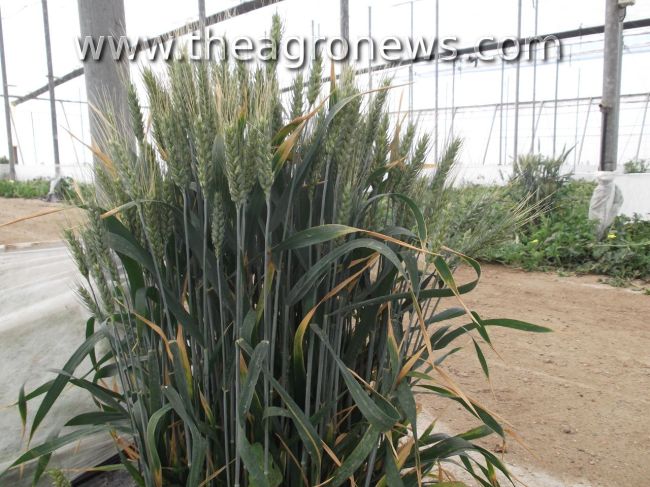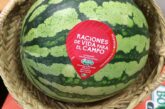No hace mucho asistí a una charla sobre plantas refugio, que impartía Encarnación Trujillo, miembro de la Delegación de Agricultura de la Junta de Andalucía en Almería (España). He querido rescatar alguna de aquellas notas con la idea de que puedan servir a algunos de los agricultores que siguen este blog. Aún así, la Administración andaluza está preparando en este momento un manual didáctico que se publicará próximamente.
En la fotografía adjunta se puede observar una de esas plantas refugio. El cereal es el tipo más aconsejable, ya sea trigo, avena, cebada o maíz. Lo ideal es que estas plantas refugio de fauna auxiliar (parasitoides y depredadores) estén en el suelo, no en maceteros. En el cultivo de pimiento, por ejemplo, lo recomendable es sembrar el cereal cuando se quita el blanqueo del plástico.
Hay productores que temen que si se inoculan pulgones en estas plantas refugio, puedan ir contra los cultivos de la finca, pero la práctica demuestra que con el cereal no ocurre así. Se aconseja que la suelta de parasitoides se realice entre 7 y 10 días después de que se haya inoculado pulgón sobre la planta refugio. Comentaba Trujillo que, a diferencia de otras plantas refugio, el cereal no atrae otras plagas.
Finalmente sugería que cuantas más plantas refugio se coloquen en el interior del invernadero, mejor. Una medida de superficie podrían ser 50 metros cuadrados por hectárea. Siempre en zonas frescas, bien ventiladas y con luminosidad.
Shelter plants, wheregood bugs live
Not long ago I attended a talk on shelter plants, which gave Encarnacion Trujillo, a member of the Delegation of Agriculture of the Regional Government of Andalusia in Almeria (Spain). I wanted to recover some of those notes with the idea that they can be useful for some of the farmers who follow this blog. Even so, the Regional Government of Andalusia is currently preparing a training manual to be published soon.
In the attached picture we can see one of those shelter plants. Cereal is the most advisable type, either wheat, oats, barley or corn. Ideally, these shelter plants of auxiliary fauna (parasitoids and predators) should be on the ground, not in pots. In the cultivation of pepper, for example, it is advisable to sow cereal when we remove the whitewashing of the plastic.
There are producers who fear that, if they inoculate aphids at these shelter plants, they can go against the estate crops, but practice shows that it does not happen with cereal. It is advisable to release parasitoids between 7 and 10 days after having inoculated aphids on the shelter plant. Trujillo commented that, unlike other shelter plants, cereal does not attract other plagues.
Finally, I would suggest that the more shelter plants are placed inside the greenhouse, the better. A surface measure could be 50 square meters per hectare. Always in cool, airy areas with good light.











 José Antonio Arcos
José Antonio Arcos
 Ana Rubio
Ana Rubio